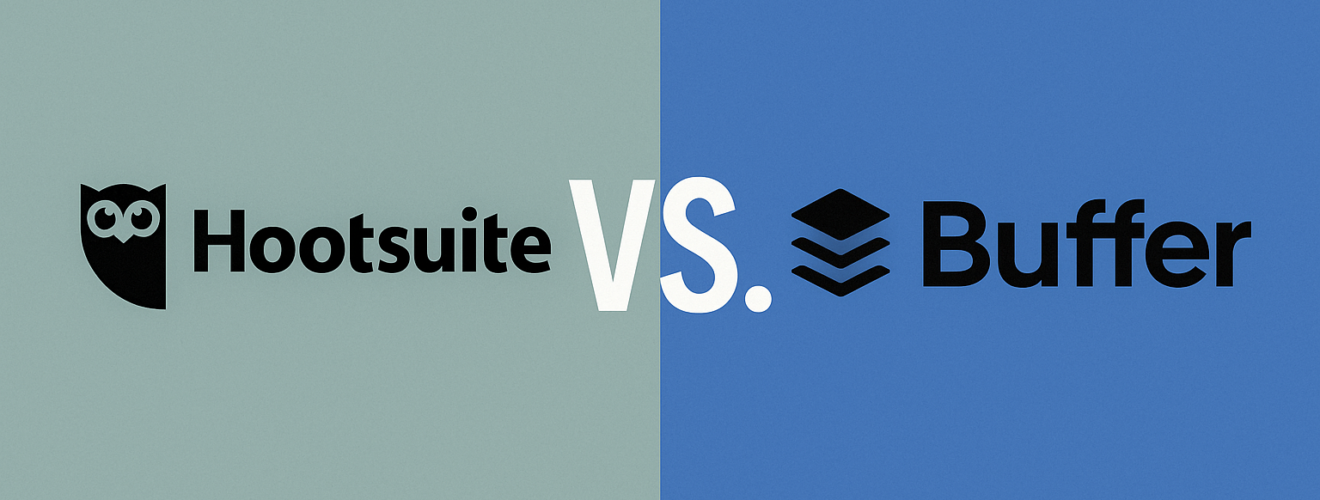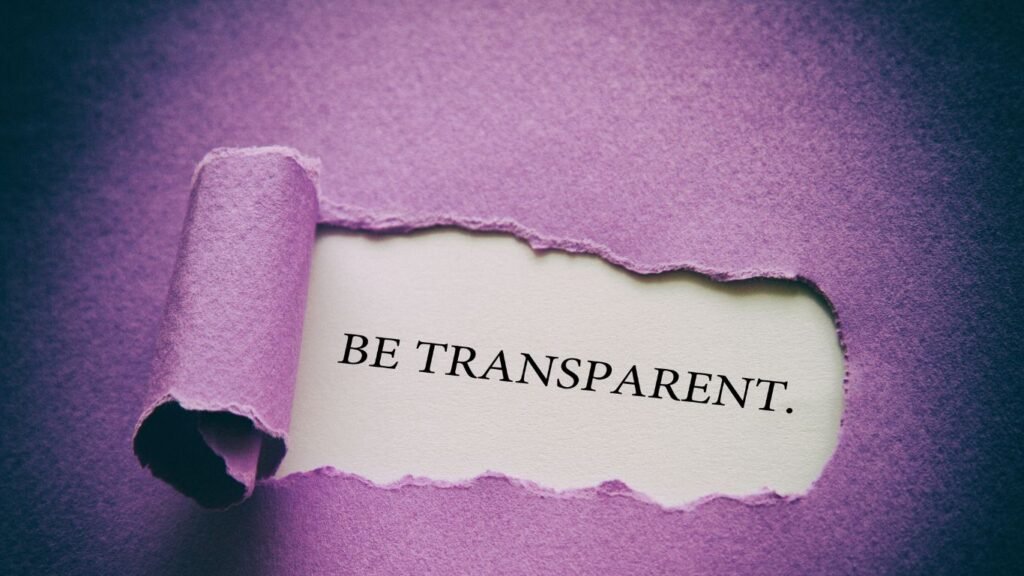Hootsuite vs. Buffer – Which Scheduler Wins?

Social media managers rely heavily on automation tools to maintain consistency, boost engagement, and save time. Among dozens of social media scheduling tools, Hootsuite and Buffer consistently stand out. These two platforms lead the pack in terms of functionality, reliability, and user adoption. However, each platform caters to different workflows and priorities. To determine which scheduler wins, we compared them across interface, scheduling features, analytics, team collaboration, pricing, and integrations.
Platform Overview
Hootsuite entered the scene in 2008 and quickly established itself as a full-service social media management platform. It allows users to publish, engage, monitor, and analyze all in one place. Hootsuite supports multiple platforms, including Facebook, Instagram, Twitter (X), LinkedIn, Pinterest, YouTube, and TikTok.
Buffer launched in 2010 with a simpler, streamlined vision. It started as a basic publishing tool and gradually expanded into analytics and engagement. Buffer focuses on usability and caters mostly to small teams, freelancers, and individual content creators. While Hootsuite built a large, enterprise-focused ecosystem, Buffer stayed lean and user-friendly.
User Interface and Experience
Hootsuite uses a dashboard layout with tabs and columns. Each tab organizes multiple social feeds (called streams) based on accounts and content types. While this view gives users complete control, it can overwhelm beginners. The interface looks dense, and navigating across tabs requires familiarity.
Buffer, on the other hand, offers a minimalist design. The layout feels intuitive, with a clean vertical calendar and a post queue for each social profile. Users can move quickly from creating content to scheduling without digging through extra layers.
Users who prefer simplicity usually lean toward Buffer. Teams that handle multiple accounts and detailed social streams often stick with Hootsuite.
Winner: Buffer, for its clean and beginner-friendly interface.
Scheduling and Automation Features
Hootsuite allows bulk scheduling and visual calendar planning. Users can schedule hundreds of posts using CSV uploads. The planner provides a weekly and monthly view, helping teams identify content gaps. Hootsuite also offers auto-scheduling, which selects optimal posting times based on user engagement history.
Buffer offers queue-based scheduling. Users set predefined time slots, and Buffer automatically fills them when new posts enter the queue. This model simplifies the process and keeps the posting rhythm consistent. Buffer also includes a visual calendar, but it lacks the depth of Hootsuite’s drag-and-drop planner.
While Buffer performs brilliantly for daily scheduling, Hootsuite provides more control and variety in content distribution.
Winner: Hootsuite, for advanced scheduling and automation options.
Publishing and Content Types
Hootsuite allows users to publish all major post types: regular posts, carousels, stories, reels (with limitations), and video content. Users can create drafts, store media in a content library, and use built-in link shorteners. Hootsuite also supports dynamic tagging and campaign management across networks.
Buffer supports most regular posts, including images, GIFs, and videos. However, the platform does not support Instagram stories scheduling or more advanced formats like polls. Its publishing suite works great for daily content but doesn’t support some features required by enterprise users.
Winner: Hootsuite, for broader content type support and campaign-level planning.
Analytics and Reporting
Hootsuite offers in-depth reporting tools. Users can generate custom reports on engagement, reach, clicks, and follower growth across multiple platforms. The analytics dashboard offers visual insights, comparison charts, and real-time tracking. Hootsuite allows exports in PDF, CSV, or PowerPoint formats, making reporting easy for agencies and larger teams.
Buffer includes basic performance analytics. It displays post engagement, audience demographics, click rates, and reach. While these reports provide valuable insights, Buffer limits customization unless users upgrade to higher-tier plans. Buffer’s analytics focus more on simplicity than detailed metrics.
If your team needs to report on ROI or compare campaigns, Hootsuite offers more horsepower.
Winner: Hootsuite, for deeper and more customizable analytics.
Engagement and Inbox Management
Hootsuite includes a unified inbox for managing incoming messages, comments, and mentions. Users can respond to multiple platforms from one central space. The tool also integrates with CRM systems and assigns messages to team members, ensuring that no query goes unnoticed.
Buffer added an engagement tool called “Buffer Reply,” which separates it into a standalone product. While it provides a clean interface for handling Instagram and Twitter (X) interactions, Buffer Reply doesn’t support all platforms. Additionally, users must pay separately for this feature.
When it comes to real-time customer engagement, Hootsuite performs better by consolidating all conversations in one place.
Winner: Hootsuite, for a built-in and unified engagement inbox.
Team Collaboration Features
Hootsuite shines in team management. It lets account managers assign roles, approve posts, review drafts, and manage workflows across departments. Enterprise users can divide access rights, track post histories, and prevent accidental publishing. These features reduce friction between content creators, editors, and marketing leads.
Buffer supports collaboration but in a simpler form. Users can share access to profiles and assign posts for approval. However, it lacks advanced role-based permissions and workflow tracking. Small teams will find Buffer adequate, but agencies or large teams need more flexibility.
Winner: Hootsuite, for robust team management tools.
Integrations and Extensions
Hootsuite offers over 150 app integrations through its App Directory. Users can connect Trello, Canva, Google Drive, HubSpot, Slack, and many more. The platform also supports API access and browser extensions. Marketers who use multi-tool ecosystems benefit from Hootsuite’s wide compatibility.
Buffer integrates well with Canva, Pablo (its own design tool), and Bitly. It also connects with WordPress and Zapier. However, Buffer’s integration options remain limited compared to Hootsuite’s extensive directory.
Winner: Hootsuite, for its vast integration ecosystem.
Mobile Experience
Both platforms offer reliable mobile apps. Hootsuite’s app includes all desktop features, including content scheduling, post previews, stream monitoring, and engagement tools. It maintains its complex functionality even on smaller screens.
Buffer’s mobile app mirrors its desktop simplicity. Users can schedule posts, view analytics, and adjust queues quickly. However, Buffer’s mobile app lacks stream monitoring or inbox features, which limits its usefulness for on-the-go community managers.
Winner: Hootsuite, for a full-featured mobile experience.
Pricing and Affordability
Buffer provides affordable pricing, especially for individuals and small teams. Its free plan includes three social accounts and ten scheduled posts per profile. Paid plans start at $6/month per channel, making it accessible for solopreneurs.
Hootsuite offers a 30-day free trial but starts pricing at $99/month for the Professional plan. This tier supports ten social accounts and unlimited scheduling. Larger plans scale up significantly in cost. While Hootsuite offers more features, its pricing limits access for freelancers or small startups.
Winner: Buffer, for cost-effective pricing.
Final Verdict – Which Scheduler Wins?
Both Hootsuite and Buffer deliver excellent social media scheduling experiences. However, they serve different user profiles.
- Hootsuite wins in features, integrations, analytics, team management, and content diversity. Large organizations, agencies, and multi-brand companies will benefit from its complete suite of tools.
- Buffer wins in simplicity, affordability, and user-friendliness. Freelancers, solopreneurs, and small business owners who want streamlined scheduling and basic insights should choose Buffer.
If your team juggles multiple campaigns, channels, and stakeholders, Hootsuite stands out as the superior choice. If you seek an affordable and simple tool for consistent posting, Buffer takes the crown.













